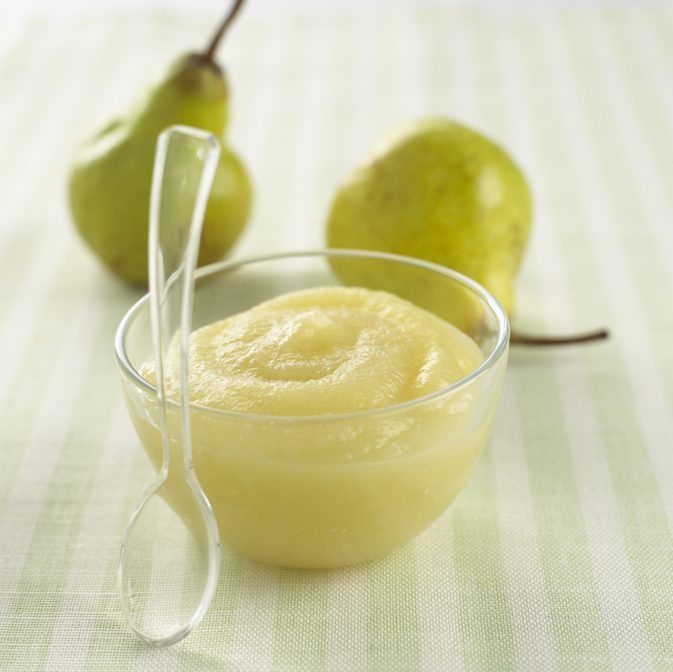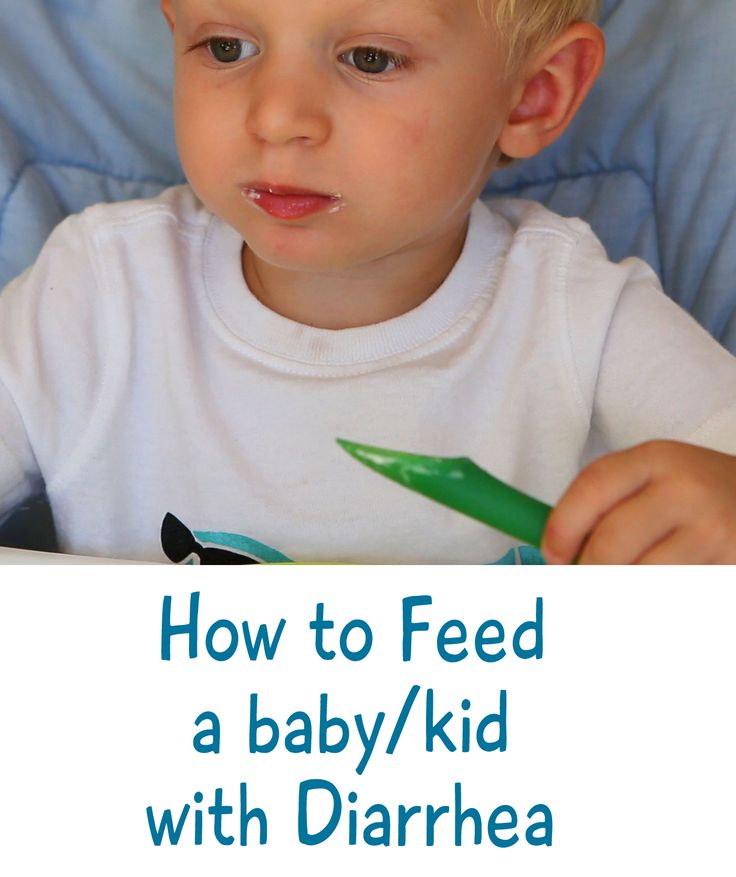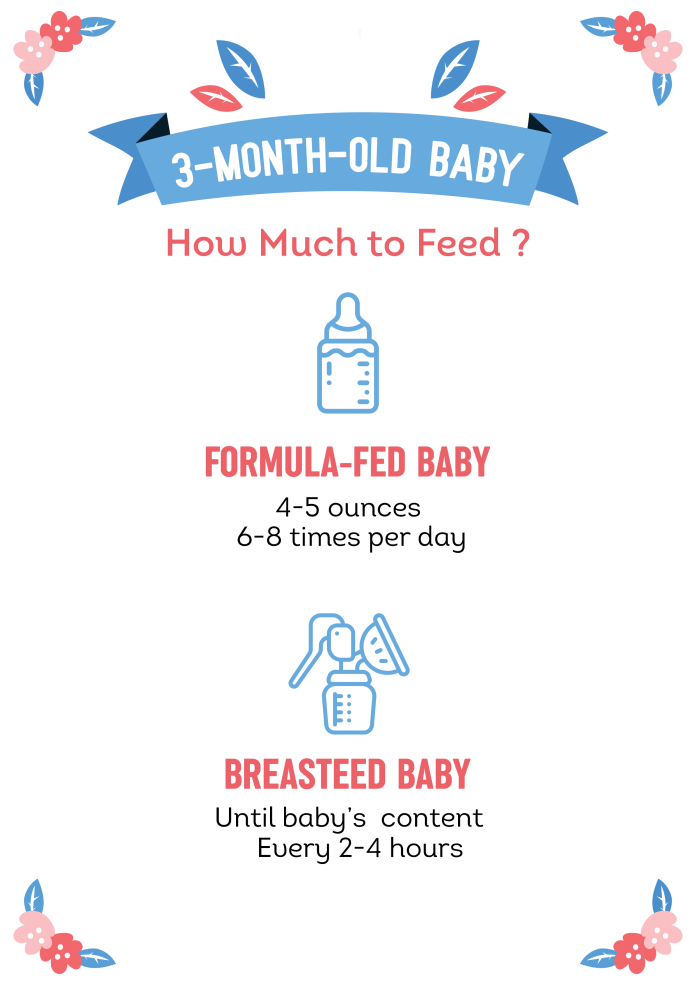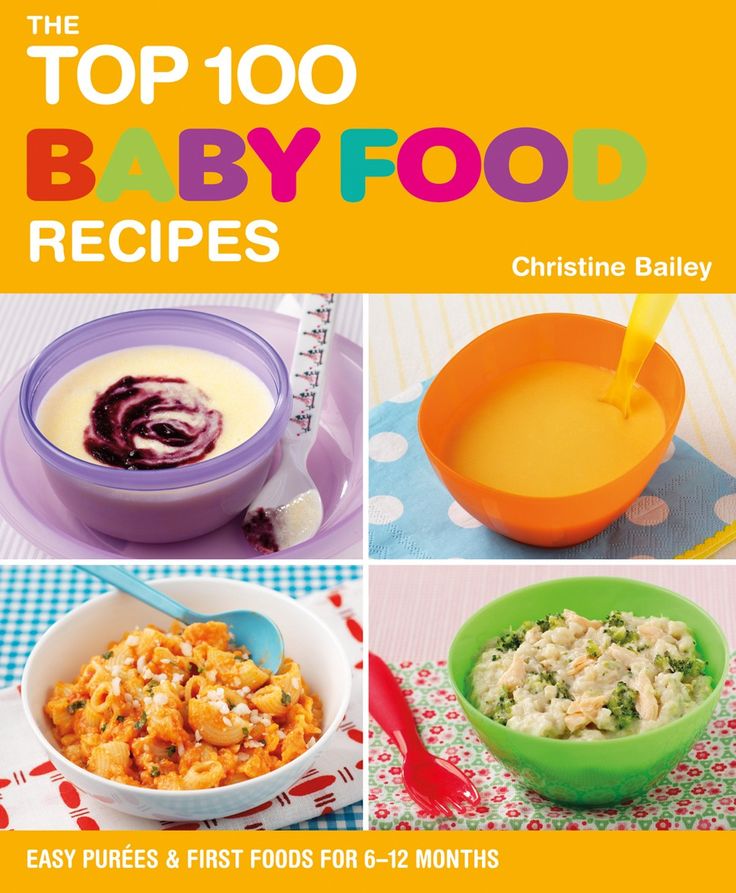Vegetable oil for baby food
Which is the Best Cooking oil for Babies?
Parents today are extra-conscious about what their children eat and they are NOT wrong in their concern. The easy availability of junk food and growing obesity among children is no doubt a cause for growing concern among parents. Finding out which is the best cooking oil for babies is also a concern for all parents.
It is difficult to make out the quantity of sugar, quality, and quantity of fats/oils and other micro-ingredients that are added to junk and packaged food. Even in those labeled as healthy foods, unknown quantities of fats and sugars can be present. Our media and health industry projects the “culprit of all illnesses” as fats.
Our supermarket shelves are stocked with low fat, cholesterol free, trans-fat free refined oils. But are these oils safe as they claim to be? Can these oils be consumed without any restriction as these are low fat?
Also read: 11 Amazing Benefits Of Olive Oil For Baby Food
What effects do these oils have on babies? What are the oils best-suited for babies’ consumption? There are innumerable number of questions on parents’ minds. Let us understand about why oils are necessary and also which is the best cooking oil for babies.
YES. Fat is good for your baby and is necessary as well. The key is to include good fats in limited quantities. Good fat is very much essential for growing babies as they help in cell repair, brain development, and bone & organ growth. Fats are also needed for the body to absorb Vitamins A, D, E & K.
Oils and fats also act as a lubricant during digestive process and prevent constipation. In fact, breast milk is comprised mostly of fat which is very nourishing to the baby.However, excess use of oils and fats in your baby’s food can lead to obesity and other serious health conditions in the long term. The key is to monitor the quantity of oil you are serving to your baby.
Which is the Best Cooking Oil for Babies? Should you use refined oils to cook your baby’s food?Not Advisable.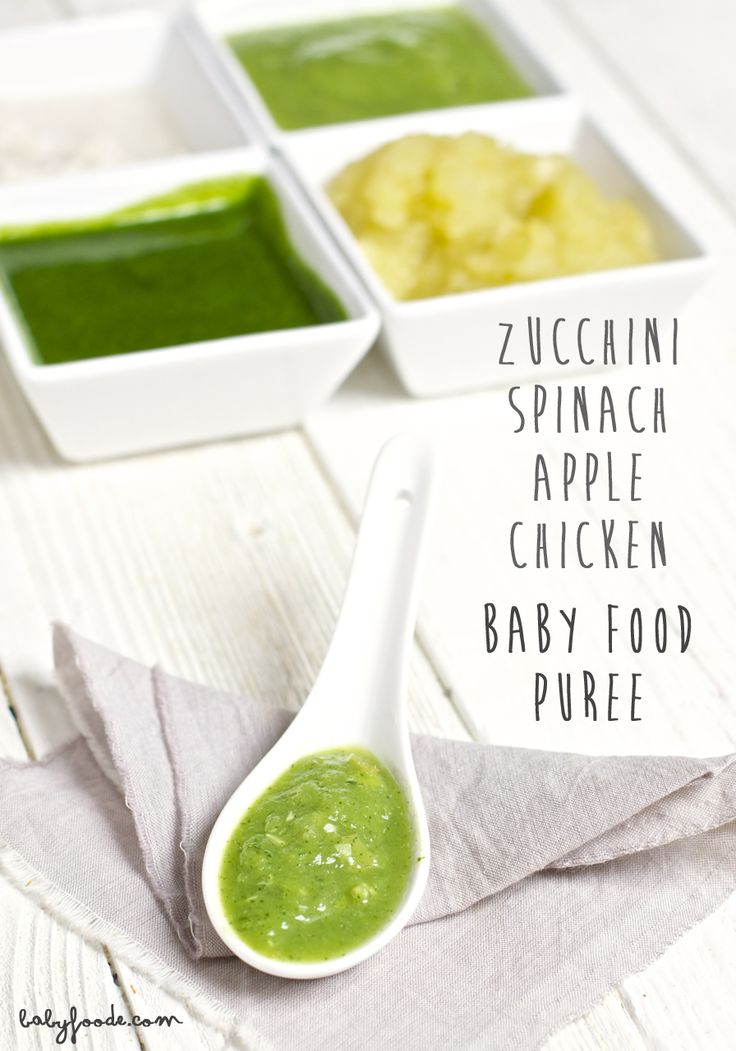
Refined oils are oils that are subject to chemical processing at very high temperatures, which causes them to lose most of the nutrients along with the flavor. As the oil is subjected to extreme heat, there are high chances of toxic substances getting created in the oil and also, the essential amino acids are destroyed. Since there is no nutritive value in the refined oil, consuming such oils has no health benefits for the babies.
Also read: Benefits Of Massaging Your Baby With Coconut Oil In Winters
What Oils and Fats are Suitable for Babies?You can use any oils that were traditionally used in our cuisine such as groundnut oil, mustard oil, coconut oil or sesame oil. Alternatively, you can also use sunflower oil or olive oil for the new-age recipes.
Always use cold-pressed and filtered oils rather than refined oils. Cold-pressed are obtained by pressing the oil seeds at very low temperatures and is then filtered to remove any leftover particles. Filtered oils retain their original flavors and retain most of their nutrients. Since these oils tend to turn rancid soon, the manufacturer usually uses fresh and good quality raw materials for better taste and long storage.
Filtered oils retain their original flavors and retain most of their nutrients. Since these oils tend to turn rancid soon, the manufacturer usually uses fresh and good quality raw materials for better taste and long storage.
Also, ghee is an excellent option to use for preparing your baby’s food. Ghee has antifungal and antiviral properties and promotes lubrication of joints. It aids digestion and also increases skin tone. Butter is also suitable as a breakfast spread for items like dosa, idli, paratha etc. Before introducing an oil for your baby, ensure that your baby is not allergic to the contents of the oil.
Benefits of using Tradition Oils
While preparing food for your baby, you can always follow the age-old method to decide the best oil for the recipe. Groundnut oil suits best for upma, the east Indian recipes may never taste the same without mustard oil and South Indian rasam may not taste good without tempering with ghee.
However, you should avoid mixing oils as different oils can have different heating temperatures which can affect the flavor of the food and may potentially cause loss of nutrients in the oil with low smoking point.
Let us understand the benefits of some of the traditional oils.
Groundnut Oil:- Has high smoking point.
- Rich in MUFA (Monounsaturated Fatty Acids).
- May not be suitable for those allergic to groundnuts.
- Has a long shelf life.
- Gives a unique taste to dishes.
- Has antifungal and antiviral properties.
- Contains high quantity of lauric acid which is very good for skin and digestion.
- Not suitable for frying.
- Can be used for salad dressing and for stir-frying.
- Has a pungent taste.
- Rich in MUFA and PUFA (Polyunsaturated Fatty Acids).
- Can be used for frying and for tempering various dishes.
- Has a nutty flavor.
- Rich in Vitamin K.
- Usually not used for frying.
- Very suitable for tempering.
- Has a high smoking point.
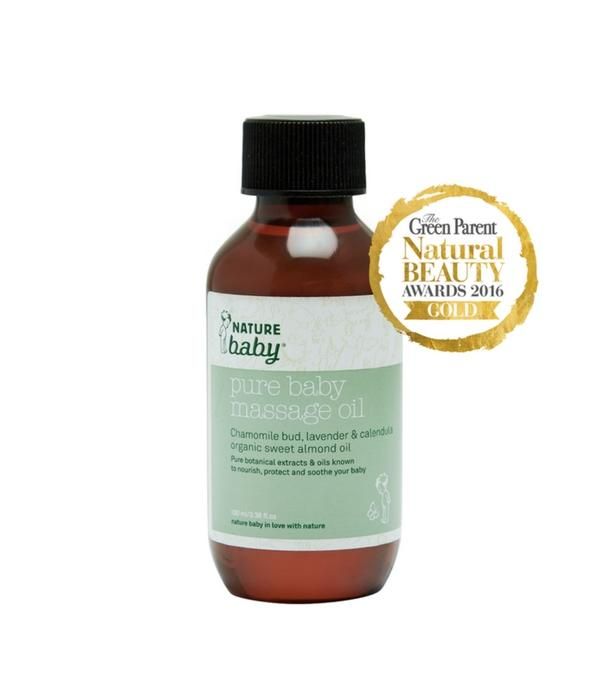
- Rich in fat-soluble vitamins.
- It is hypo-allergenic as the lactose contents are removed.
- Very good for digestion as it is loaded with short-chain fatty acids called as Butyric acid.
Also read: Benefits of Almond Oil For Babies
Which oils/fats are to be avoided?Oils and fats such as canola oil, vanaspati or margarine, which are made either from genetically modified raw materials or through extensive refinement can be avoided altogether. Such oils/fats have no nutritional benefits and are high in trans fats, which can be linked to obesity and other illnesses.
Final WordsOils and Fats are essential for our well-being just like vitamins, proteins, carbohydrates etc. It should be a compulsory ingredient in your baby’s diet but in the right quantity.
Always choose organic, cold-pressed and filtered oils rather than refined oils to derive maximum health benefits. You can also choose to add ghee to your baby’s food or use butter as a breakfast spread.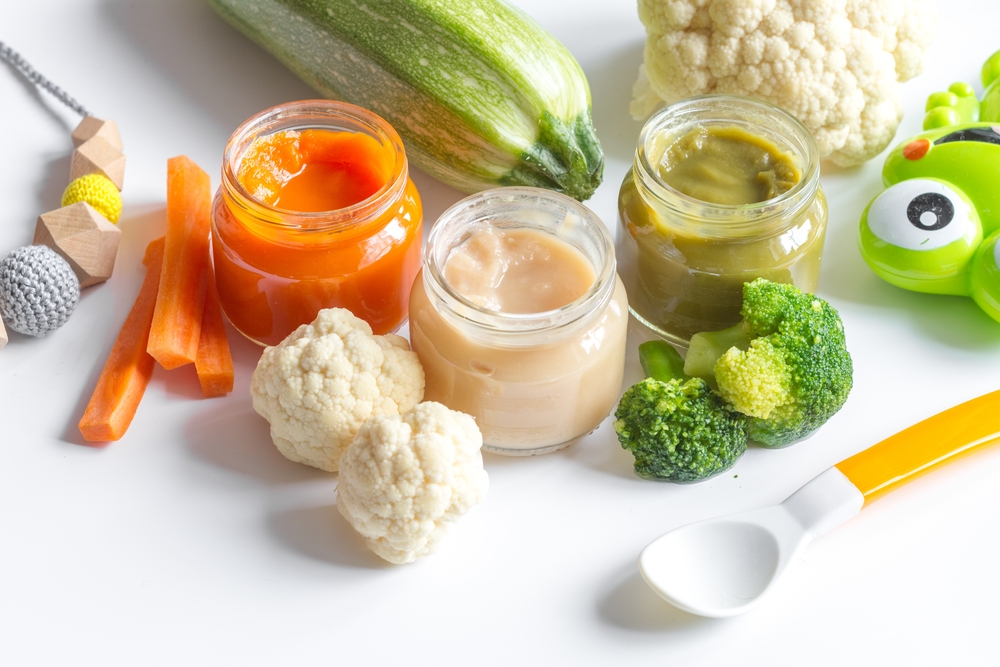 Though there are many oils which are suitable for babies, use your discretion to choose the best one for your baby.
Though there are many oils which are suitable for babies, use your discretion to choose the best one for your baby.
You can use different oils for different dishes as the recipe demands. However, avoid mixing different types of oils.
Also read: Benefits Of Mustard Oil For Babies
Want to share your mommy experience with other moms through words or images? Become a part of the Moms United community. Click here and we will get in touch with you
null
null
Olive Oil for Babies - First Foods for Baby
When can babies have olive oil?
Olive oil may be introduced as soon as a baby is ready to start solids, which is generally around 6 months of age.
Liquid gold
Greek philosopher Homer referred to olive oil as liquid gold, which is a fitting way to describe the healthy fat extracted from the fruit of the olive tree – an ancient plant that originated in the lands around the Mediterranean Sea millions of years ago.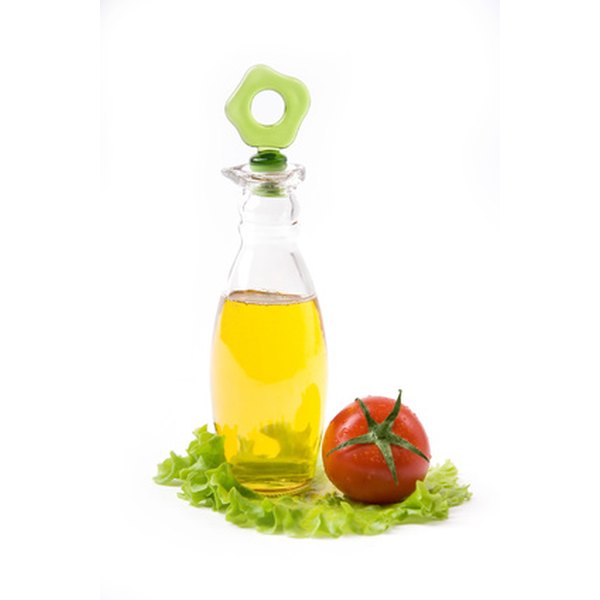 The plant’s exact origin is unknown, but archaeological evidence suggests people living in the region learned to press olives for their oil as early as 8,000 B.C. The innovation created more than food; historical texts show how olive oil was widely used as medicine, as fuel for lamplight, and as a symbol and tool in rituals and ceremonies.
The plant’s exact origin is unknown, but archaeological evidence suggests people living in the region learned to press olives for their oil as early as 8,000 B.C. The innovation created more than food; historical texts show how olive oil was widely used as medicine, as fuel for lamplight, and as a symbol and tool in rituals and ceremonies.
Hundreds of varieties of olives are grown globally, from Australia to Chile to Israel to South Africa to New Zealand, which means this staple food offers a world of flavor to use in your sweet and savory cooking. Try using olive oil in place of butter in baking, drizzle your favorite flavor on fruit or grains, or take a cue from Greek lathera, a catch-all term meaning “the olive oil ones” that is used to describe any vegetable cooked in olive oil.
Is olive oil healthy for babies?
Yes. Olive oil is a good source of healthy fats and the antioxidant vitamin E, which supports healthy immune and neurological development in growing babies. Olive oil also contains polyphenols – plant compounds that offer anti-inflammatory benefits and support heart health.1 Olive oil retains its nutritional value after production if it is kept in a cool, dark environment so refrain from keeping olive oil on the countertop and store bottles away from light and heat.2 Like many oils, olive oil is perishable so don’t let an open bottle languish in the back of the pantry. Once a bottle of olive oil is opened, the flavor begins to expire within four months.3
Olive oil is a good source of healthy fats and the antioxidant vitamin E, which supports healthy immune and neurological development in growing babies. Olive oil also contains polyphenols – plant compounds that offer anti-inflammatory benefits and support heart health.1 Olive oil retains its nutritional value after production if it is kept in a cool, dark environment so refrain from keeping olive oil on the countertop and store bottles away from light and heat.2 Like many oils, olive oil is perishable so don’t let an open bottle languish in the back of the pantry. Once a bottle of olive oil is opened, the flavor begins to expire within four months.3
The nutritional profile of olive can change depending on how it was processed and stored. For example, extra virgin olive oil is the least strained during production, which means that it is the richest in beneficial nutrients and the highest-priced variety. Virgin olive oil and bottles marked “olive oil” are also excellent choices and will be gentler on the budget. To get the most bang for your buck, only use cold-pressed extra virgin olive oils for seasoning a finished dish or making salad dressing and use plain olive oil for cooking.
To get the most bang for your buck, only use cold-pressed extra virgin olive oils for seasoning a finished dish or making salad dressing and use plain olive oil for cooking.
Olive oil has a smoke point around 400 degrees Fahrenheit (204 degrees Celsius) which means it’s an appropriate all-purpose oil to cook food on the stovetop and in the oven. If you’re frying or grilling or searing at higher heats, use an oil with a higher smoke point, like avocado oil, ghee, or peanut oil.
★Tip: When shopping for olive oil, look for oils stored in glass containers if possible. Plastic containers can contain Bisphenol A (BPA), a synthetic chemical or similar chemicals called BPS, BPAF, and BPF and may negatively affect the brain and prostate gland of infants and children.4 5 6 Additionally, because plastic containers are permeable to oxygen (which can degrade oil quality), glass containers are a more effective way to store olive oil over time.
Which kind of olive oil is best for babies?
Choosing olive oil can be overwhelming.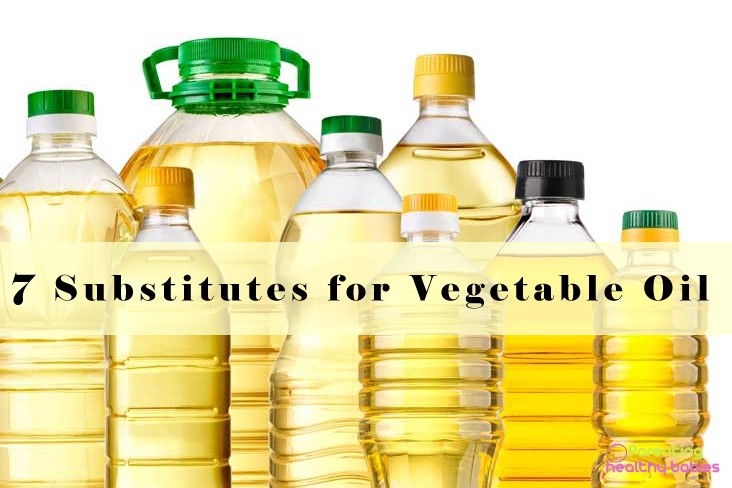 Good news: all olive oils (extra virgin, virgin, cold-pressed, first press, flavored, and just plain olive oil) are comparable in terms of nutrition (as long as they are the real thing) and can be used to cook food for babies and toddlers.
Good news: all olive oils (extra virgin, virgin, cold-pressed, first press, flavored, and just plain olive oil) are comparable in terms of nutrition (as long as they are the real thing) and can be used to cook food for babies and toddlers.
How do I know if olive oil is real or fake?
While it is illegal to mislabel bottles, some bottles marked as “olive oil” have been found to be stretched with other oils from nuts, soybeans, sunflower seeds, and other plants to increase profit.7 While these adulterated olive oils are perfectly fine to use when cooking food for babies, they may not be safe for those with soy or nut allergies. Governments around the world are taking steps to address the adulteration of olive oils but regulation is not globally coordinated or enforced.
Unfortunately, for the average consumer, detecting an adulterated olive oil can be difficult to do, though products with a “Protected Designation of Origin” logo or statement, which often is used with the acronyms PDO, PGI, DOP, DO, AOC, can offer some assurance, as they indicate that the ingredients come from a specific region in Europe.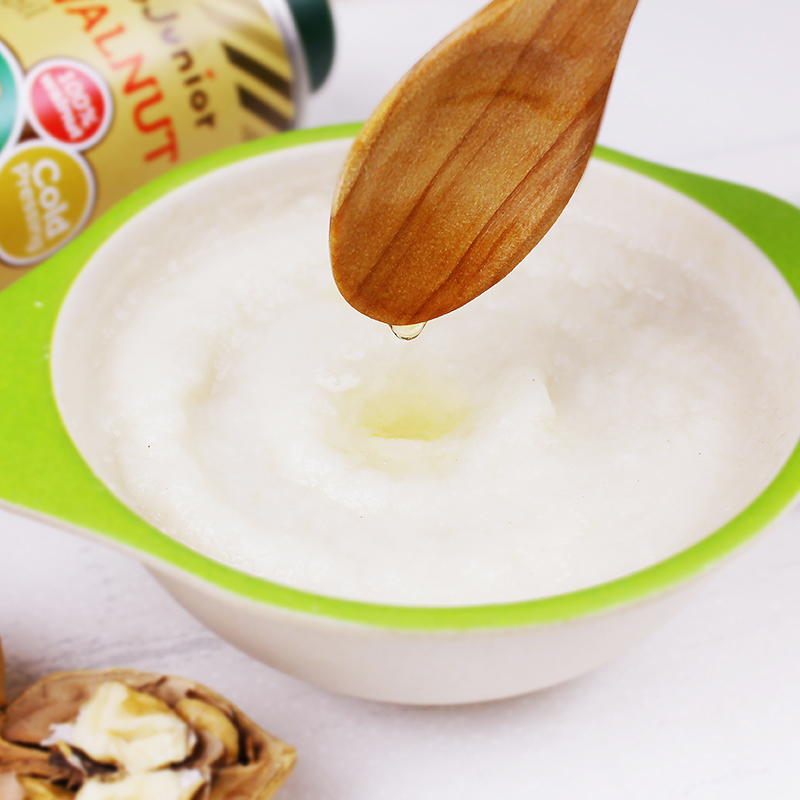 Similarly, some producers in the United States label their bottles with logos from the U.S. Department of Agriculture (USDA), the North American Olive Oil Association (NAOOA), the California Olive Oil Council (COOC), the Extra Virgin Alliance (EVA), and the Olive Oil Commission of California (OOCC). While these certifications generally suggest the product had a higher level of scrutiny, even government certification standards are voluntary and inconsistent around the world.
Similarly, some producers in the United States label their bottles with logos from the U.S. Department of Agriculture (USDA), the North American Olive Oil Association (NAOOA), the California Olive Oil Council (COOC), the Extra Virgin Alliance (EVA), and the Olive Oil Commission of California (OOCC). While these certifications generally suggest the product had a higher level of scrutiny, even government certification standards are voluntary and inconsistent around the world.
If this topic is of concern to you, don’t think twice about asking your supplier for their point of view. It is your supplier’s job to keep tabs on the brands that they are selling, and people who work in food often love to talk about food. You can also follow the American Olive Oil Producers Association and the International Olive Oil Council, which advocate for fair and consistent rules in the markets for olive oil.
Is olive oil a common choking hazard for babies?
No. Olive oil is not a common choking hazard, though, in theory an individual can choke on any food.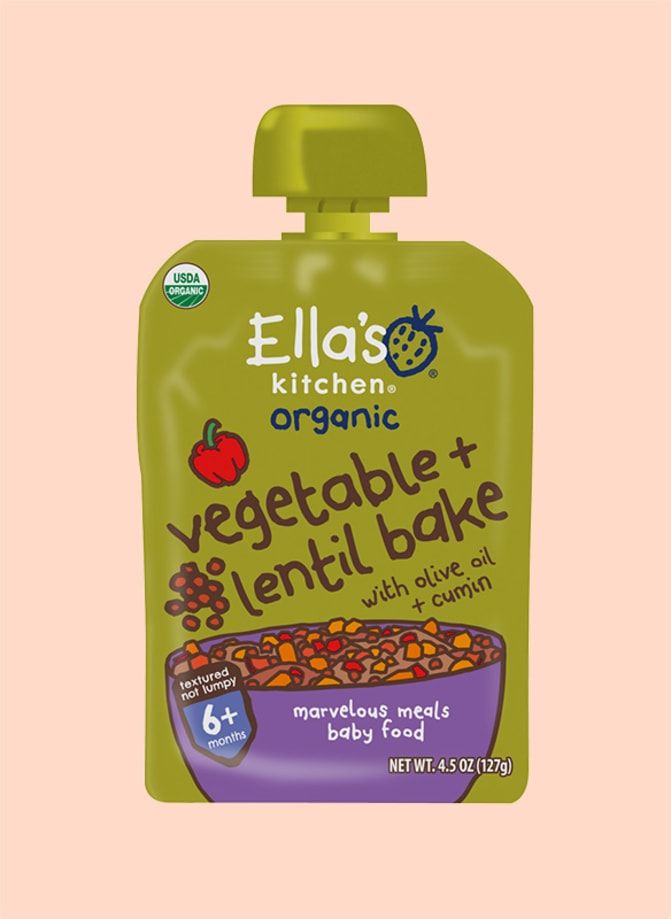 As always, make sure to create a safe eating environment and stay within an arm’s reach of baby at mealtime.
As always, make sure to create a safe eating environment and stay within an arm’s reach of baby at mealtime.
For more information on choking, visit our sections on gagging and choking and familiarize yourself with the list of common choking hazards.
Is olive oil a common allergen?
No. Olive oil is not a common allergen. However, some olive oils are mixed with oils from other more allergenic plants like hazelnut and soybeans, so if your child has known allergies to other foods, read labels carefully.8
Rare cases of contact dermatitis and food allergy to olive have occurred in areas where olives are commonly harvested.9 Certain individuals allergic to the pollen from olive trees, the Oleaceae family of plants, such as ash, privet, jasmine, and forsythia, or who have Oral Allergy Syndrome (also called pollen food allergy syndrome) may also be sensitive to eating olives.10 11 Oral Allergy Syndrome typically results in short-lived itching, burning, or tingling in the mouth and is unlikely to result in a dangerous reaction. While this sensitivity could, in theory, extend to cold-pressed or extra virgin olive oils, most individuals with allergy to the olive fruit are able to tolerate olive oil.
While this sensitivity could, in theory, extend to cold-pressed or extra virgin olive oils, most individuals with allergy to the olive fruit are able to tolerate olive oil.
As you would do when introducing any new food, start by offering a small amount for the first few servings. If there is no adverse reaction, gradually increase the amount served over future meals.
Recommended Guide: Introducing Allergens to Babies
How do you introduce olive oil to babies with baby-led weaning?
Every baby develops on their own timeline, and the suggestions on how to cut or prepare particular foods are generalizations for a broad audience. Your child is an individual and may have needs or considerations beyond generally accepted practices. In determining the recommendations for size and shape of foods, we use the best available scientific information regarding gross, fine, and oral motor development to minimize choking risk. The preparation suggestions we offer are for informational purposes only and are not a substitute for child-specific, one-on-one advice from your pediatric medical or health professional or provider.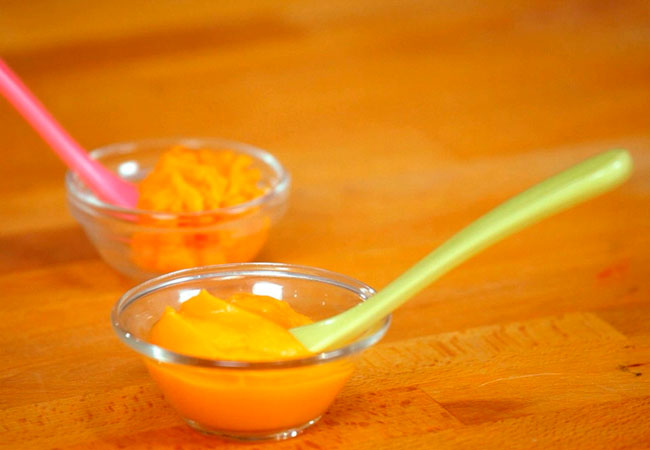 It is impossible to fully eliminate all risk of a baby or child choking on any liquid, puree, or food. We advise you to follow all safety protocols we suggest to create a safe eating environment and to make educated choices for your child regarding their specific needs. Never disregard professional medical advice or delay in seeking it because of something you have read or seen here.
It is impossible to fully eliminate all risk of a baby or child choking on any liquid, puree, or food. We advise you to follow all safety protocols we suggest to create a safe eating environment and to make educated choices for your child regarding their specific needs. Never disregard professional medical advice or delay in seeking it because of something you have read or seen here.
6 to 12 months old: Use olive oil liberally in your cooking and drizzle olive oil on fish, meat, grains and other foods for an extra boost of nutrition. If you like, pour a small amount directly on their tray or a plate and let baby finger paint and taste along the way.
12 to 24 months old: This is a great age to introduce olive oil on its own as a dipping sauce with bread to teach toddlers about the taste of the oil.
How often should you offer solids? See our sample feeding schedules for babies of every age.
Recipe: Citrusy Olive Oil Dressing
Yield: 1 cup (150 grams)
Cooking Time: 20 minutes
Age: 6 months+
Ingredients
- 1 medium cassava (yuca), carrot, zucchini, or vegetable of choice
- 1 tablespoon (13 grams) olive oil
- 1 teaspoon (5 grams) lemon, lime, or orange juice or citrus juice of choice
Directions
- Wash, dry, and cut the vegetable into age-appropriate sizes.
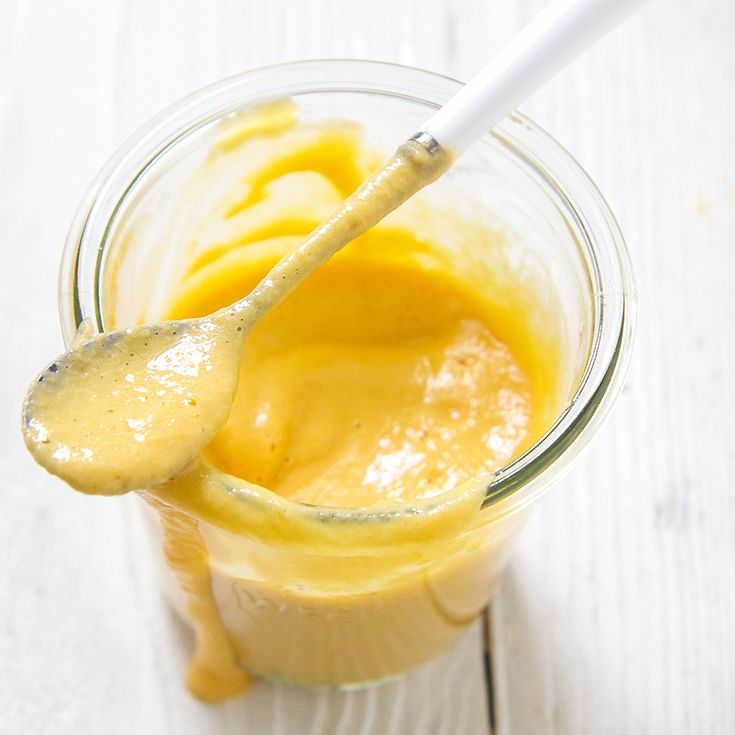
- Place the veggies in a steamer basket in a pot. Add enough water to cover the bottom of the pot by 1 inch.
- Cover and bring the pot to a boil.
- Cook until the veggies are soft, between 5 and 20 minutes depending on the size of the cut veggies. Larger, wider cuts take longer than smaller, bite-sized pieces.
- When the veggies are done, uncover the pot and transfer the veggies to a mixing bowl.
- Drizzle the oil and citrus juice directly on the veggies or if you prefer, whisk the oil and citrus juice until the dressing is emulsified. Your choice! If you like to meal prep, make a big batch of dressing by scaling up the ratio of 1 tablespoon (13 grams) to 1 teaspoon (5 grams).
- Gently toss to coat the veggies in the dressing. Cool to room temperature before serving.
- Scoop some vegetables onto the child’s plate. Exact serving size is variable. Let a child’s appetite determine how much is eaten.
- Serve and let the child self-feed by scooping with hands.
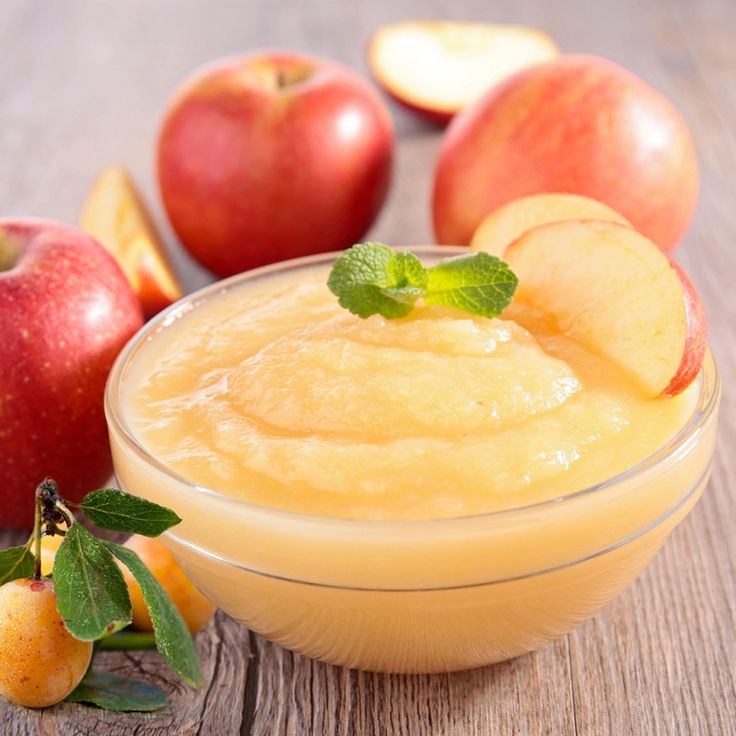 If help is needed, pass a piece of vegetable in the air for the child to grab from you.
If help is needed, pass a piece of vegetable in the air for the child to grab from you.
To Store: Leftover steamed veggies seasoned with olive oil and citrus juice keeps in an air-tight container in the fridge for up to 4 days.
Flavor Pairings
Olive oil has hints of bitterness and spice that compliment sweet and tart flavors in fruits and vegetables like apple, artichoke, asparagus, butternut squash, cherries, mango, nectarine, onion, papaya, peach, pear, romanesco, and sweet potato. Olive oil can also balance the acidity in foods like blueberry, lemon, lime, pineapple, pomegranate, tomato, and yogurt. When olive oil is used to cook, the pungent flavor mellows and adds smoothness to foods; try using olive oil to cook protein-rich legumes like black eyed-peas, cannellini bean, chickpea, fava bean, garden pea, green bean, lentil, or lima bean and hearty meats and fish like bison, chicken, egg, lamb, pork, salmon, or venison. Or simply use olive oil to season a bowl of pasta or grains like couscous, freekeh, quinoa, or rice.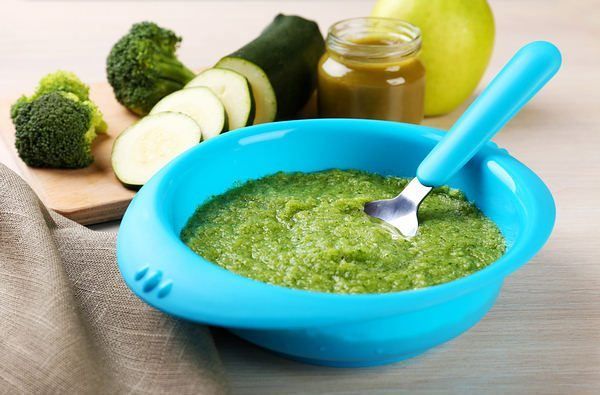
Reviewed by
E. Cerda, MSN, CNS, LDN
A. Gilbaugh, RD, CNSC
K. Grenawitzke, OTD, OTR/L, SCFES, IBCLC, CNT
S. Bajowala, MD, FAAAAI. Board-Certified Allergist & Immunologist (allergy section)
R. Ruiz, MD, FAAP. Board-Certified General Pediatrician & Pediatric Gastroenterologist
- Romani, A., Ieri, F., Urciuoli, S., Noce, A., Marrone, G., et al. (2019). Health Effects of Phenolic Compounds Found in Extra-Virgin Olive Oil, By-Products, and Leaf of Olea europaea L. Nutrients, 11(8). DOI:10.3390/nu11081776. Retrieved June 8, 2021.
- de la Torre-Robles, A., Monteagudo, C., Mariscal-Arcas, M., Lorenzo-Tovar, M. L., Olea-Serrano, F., et al (2019). Effect of Light Exposure on the Quality and Phenol Content of Commercial Extra Virgin Olive Oil during 12-Month Storage. Journal of the American Oil Chemists’ Society, 96(4), 381–389. DOI:10.1002/aocs.12198. Retrieved June 8, 2021.
- United States Department of Agriculture.
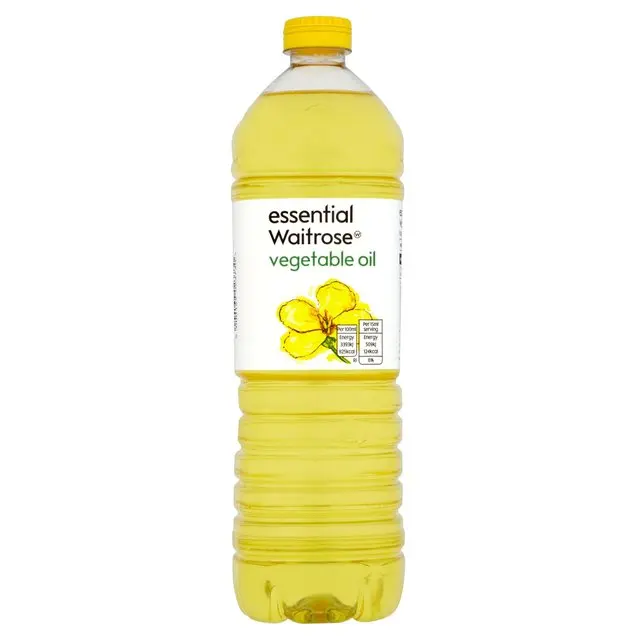 (2019). What is the expiration date for cooking oil? Retrieved June 4, 2021.
(2019). What is the expiration date for cooking oil? Retrieved June 4, 2021. - European Food Safety Authority. Bisphenol A. Retrieved June 8, 2021.
- California Office of Health Hazard Assessment. Bisphenol A (BPA) and Proposition 65: Frequently Asked Questions. Retrieved June 8, 2021.
- Mayo Clinic. What is BPA and what are the concerns about BPA? Retrieved June 18, 2021.
- Srigley, C.T., Oles, C.J., Reza Fardin Kia, A., Mossoba, M.M. (2015). Authenticity Assessment of Extra Virgin Olive Oil: Evaluation of Desmethylsterols and Triterpene Dialcohols. Journal of the American Oil Chemists’ Society, 93(2), 171-181. DOI:10.1007/s11746-015-2759-4. Retrieved June 10, 2021.
- Srigley, C.T., Oles, C.J., Reza Fardin Kia, A., Mossoba, M.M. (2015). Authenticity Assessment of Extra Virgin Olive Oil: Evaluation of Desmethylsterols and Triterpene Dialcohols. Journal of the American Oil Chemists’ Society, 93(2), 171-181. DOI:10.1007/s11746-015-2759-4. Retrieved June 10, 2021.
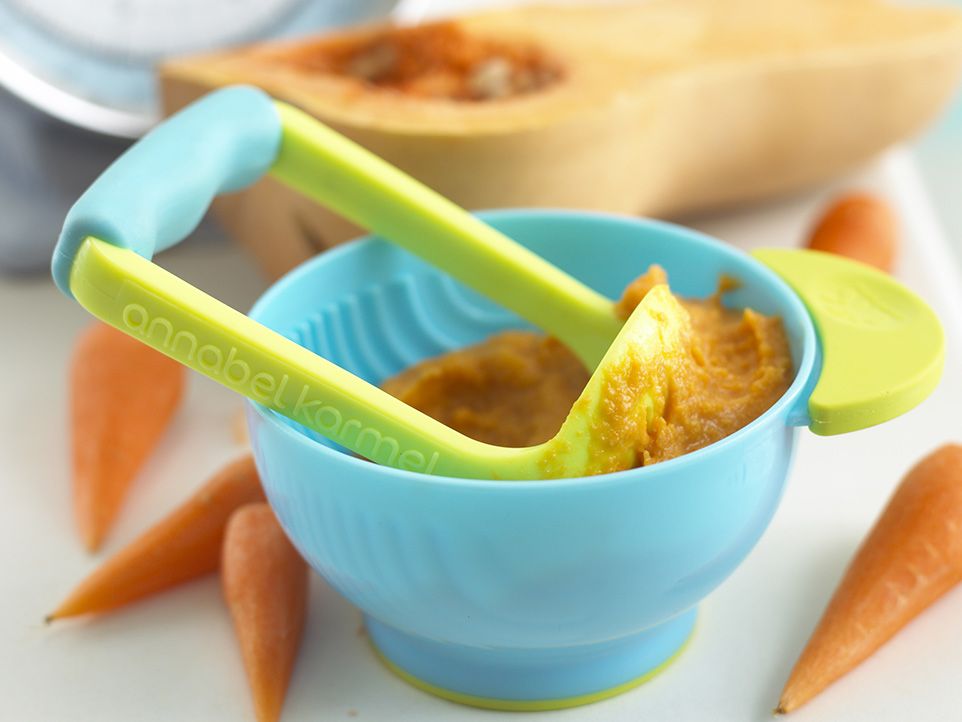
- Esteve, C., Montealegre, C., Marina, M.L., García, M.C. (2012). Analysis of olive allergens. Talanta, 92, 1–14. DOI:10.1016/j.talanta.2012.01.016. Retrieved June 8, 2021.
- American Academy of Allergy Asthma & Immunology. Oral Allergy Syndrome (OAS) – Retrieved July 23, 2021.
- Unsel, M., Ardeniz, O., Mete, N., Ersoy, R., Sin, A.Z., et al. (2009). Food allergy due to olive. Journal of Investigational Allergology and Clinical Immunology, 19(6), 497-9. PMID: 20128426. Retrieved June 8, 2021.
Cold-pressed Holle Bio Organic baby food oil - "Good and healthy vegetable oil for baby food!"
Hello everyone!
All mothers know that children's diet should be as balanced, healthy and varied as possible. Vegetable oil is an indispensable component in baby's dishes, as oil increases calorie content, and contains a lot of healthy fats.
Many people add regular sunflower oil to baby food, others add olive oil.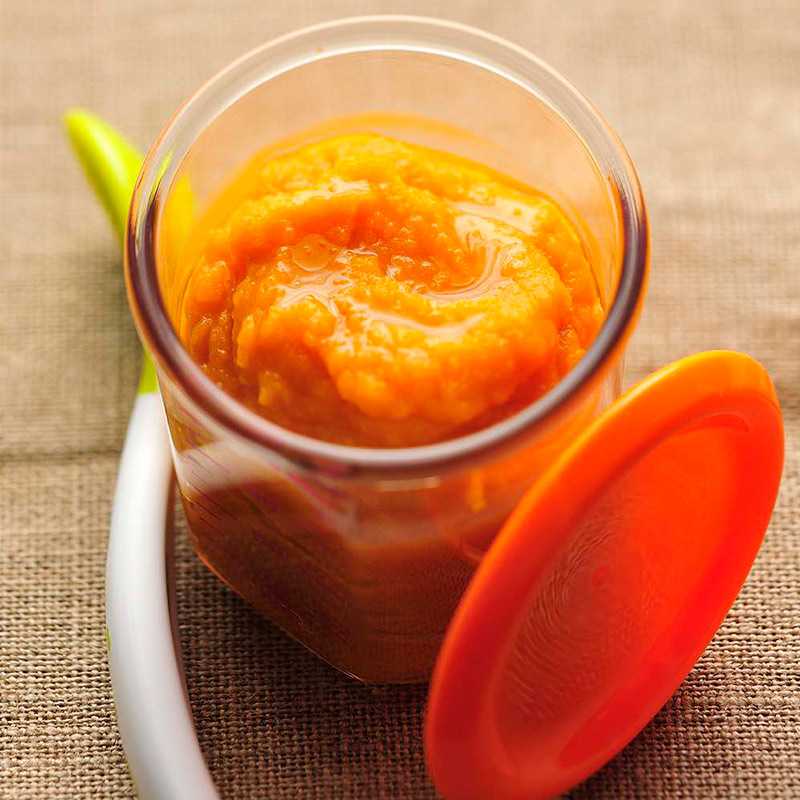 I use cold pressed Holle Bio Organic oil.
I use cold pressed Holle Bio Organic oil.
We got acquainted with the Holle brand gradually, and vegetable oil was just the first product that we tried. I must say that now this bottle has firmly settled in our closet, and its contents are in the child's plate.
This oil contains three varieties: rapeseed, sunflower and hemp. This mixture is rich in essential fatty acids, as well as vitamins and minerals.
The actual composition looks like this:
Ingredients: rapeseed oil 50%, sunflower oil 45%, hemp seed oil 5%.
- Rapeseed oil. Many European brands add rapeseed oil to ready-made baby food. Once I came across a post on the forum of one of the mothers, who did not understand why add rapeseed oil, because earlier it was considered almost technical. But before buying this oil, of course, I delved into the details and studied this “rapeseed” question))). In fact, rapeseed oil was once actually used as a lubricant.
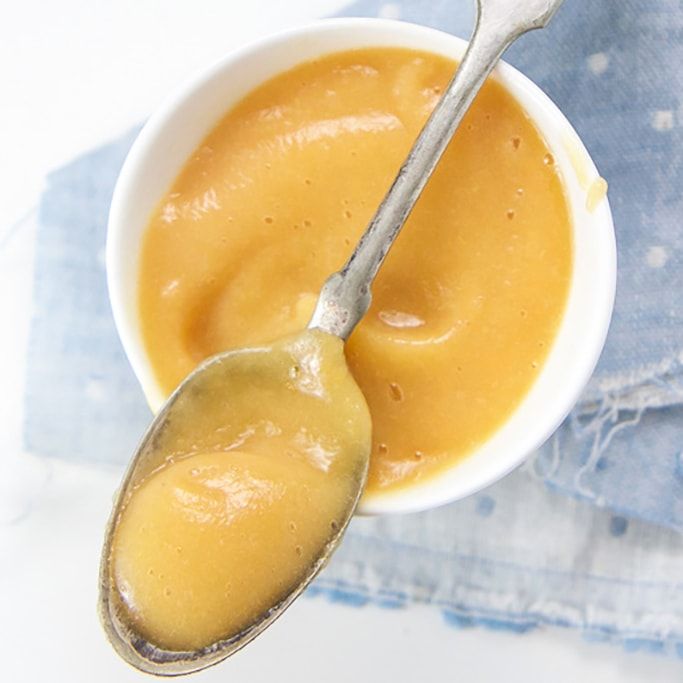 But according to the method of obtaining and composition, it, of course, differed from that which was eaten. Despite this, even the oil that was used in food was really not so useful. It had a high content of erucic acid, which in large quantities is bad for thyroid health. BUT, more than 50 years ago, a separate variety of rapeseed was bred, in which this same acid is present in a very small amount. This concentration has been recognized as absolutely safe for humans. Moreover, today this variety has also changed, and the very concentration of acid has become negligible. But there are plenty of benefits in this oil. It has a high concentration of alpha-linoleic acid, which is not synthesized by the body, it can only be obtained from food. It also contains omega-3 and omega-6 and many other useful things))
But according to the method of obtaining and composition, it, of course, differed from that which was eaten. Despite this, even the oil that was used in food was really not so useful. It had a high content of erucic acid, which in large quantities is bad for thyroid health. BUT, more than 50 years ago, a separate variety of rapeseed was bred, in which this same acid is present in a very small amount. This concentration has been recognized as absolutely safe for humans. Moreover, today this variety has also changed, and the very concentration of acid has become negligible. But there are plenty of benefits in this oil. It has a high concentration of alpha-linoleic acid, which is not synthesized by the body, it can only be obtained from food. It also contains omega-3 and omega-6 and many other useful things))
- Sunflower oil. It’s already familiar to us, so I won’t talk about it.
- Hemp oil. There is not much of it in Holle Bio Organic, as you can see.
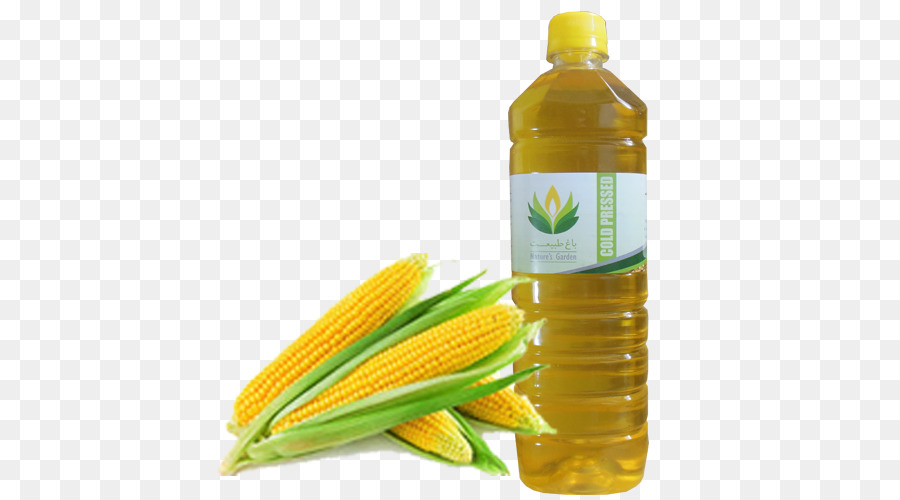 Only 5%. It contains a fairly rare gamma-linoleic acid. It is found in breast milk and only in certain types of plants. In addition, hemp oil is high in calcium, which is beneficial for the health and growth of bones, teeth, and hair. And, of course, there are many other benefits.
Only 5%. It contains a fairly rare gamma-linoleic acid. It is found in breast milk and only in certain types of plants. In addition, hemp oil is high in calcium, which is beneficial for the health and growth of bones, teeth, and hair. And, of course, there are many other benefits.
The manufacturer recommends adding 2 teaspoons per 200 gr. vegetables or 1 teaspoon per 200 gr. fruits. Personally, I don’t add oil to fruits at all, but 1 teaspoon to vegetables. The child likes everything))
You can read about other children's products of the Holle brand that we managed to try by clicking on the links:
- Holle wheat porridge
- Holle wheat porridge
Odorless
Advantages
0019Disues
- A
Katerina G. Recommends
Read all reviews 1,
See also
Popular
— Elena Viktorovna, why add vegetable oil to baby food?
— Fats play a very important role for the body of both a child and an adult.
Some functions of lipids
— The properties of fats depend on the fatty acids in their composition.
- Saturated fats are a good source of energy and cholesterol, which is also needed for the body to work. But unsaturated, in particular, arachidonic (ARA, Omega-6), eicosapentaenoic (EPA, Omega-3) and docosahexaenoic (DHA, Omega-3) acids are very important - they are part of the phospholipids of cell membranes and are involved in the formation of eicosanoids, and therefore, they are of particular importance for the immune and nervous systems.
— What are the health benefits of vegetable and butter?
— Children under one year old need oil in small quantities. This is an additional source of energy and components that we are talking about. But the main source of fat for the baby will be breast milk or an adapted formula.
— Oil in optimal amounts is very beneficial for digestion. It promotes the absorption of fat-soluble vitamins, trains the pancreas; the fat component of food stimulates contractions of the gallbladder. Therefore, in the optimal amount of fats are needed in baby food.
Therefore, in the optimal amount of fats are needed in baby food.
— What can be the harm of vegetable and animal fats up to a year?
- Their excess in the diet is dangerous, it overloads the biliary tract and pancreas: their enzymatic activity is formed and increases gradually, the baby's body simply cannot cope with the processing of fats.
— How are the fatty acids in infant formula different from those in vegetable oil and butter?
- Formula manufacturers are trying to adapt the fat content of formulas and bring it closer to the fat content of human milk. For example, there is little linoleic acid in cow or goat milk compared to breast milk: it is added from vegetable fats. Palmitic fatty acid is taken from vegetable palm oil or milk fat from cow or goat milk. Also, the mixtures are additionally enriched with Omega-3, -6 polyunsaturated fatty acids.
— According to doctors, are there any special indications for adding oil to a child's diet?
— Even with insufficient body weight and deficiencies, care must be taken with fats and not exceed their allowable norm in the child's diet, including in the form of oil.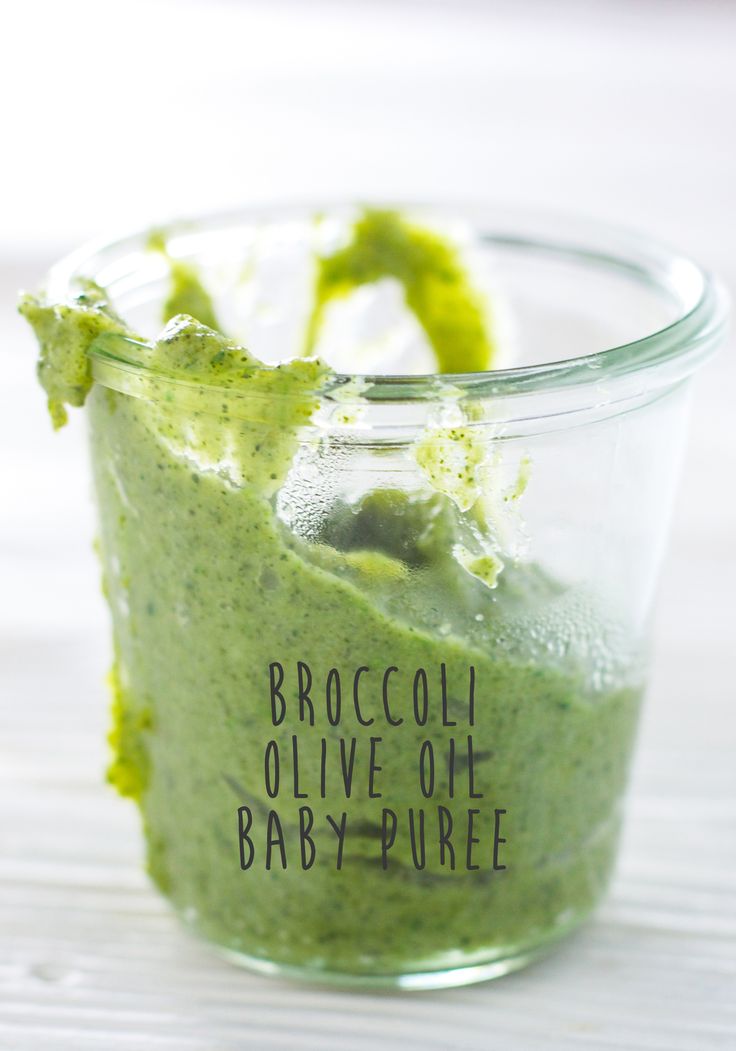 Often, parents believe that fat improves the child's stool: supposedly makes it softer. This belief is wrong. As we have already said, excess fat can lead to a malfunction of the biliary tract, which can affect the nature of the stool.
Often, parents believe that fat improves the child's stool: supposedly makes it softer. This belief is wrong. As we have already said, excess fat can lead to a malfunction of the biliary tract, which can affect the nature of the stool.
— Is it true that oil improves the taste of complementary foods?
- Butter, especially butter (milk fat), significantly improves the taste of food. But this perception of the product is more related to the taste preferences of the parents. Taste receptors in children develop gradually and may react differently to food than adults.
— When to add oil to complementary foods?
— According to the National Program for Optimizing the Feeding of Children in the First Year of Life, it is allowed to give oil as early as 4-6 months, that is, with the start of the transition to solid food. But complementary foods themselves do not start with vegetable or butter. The first complementary foods are cereals or vegetable purees in their pure form.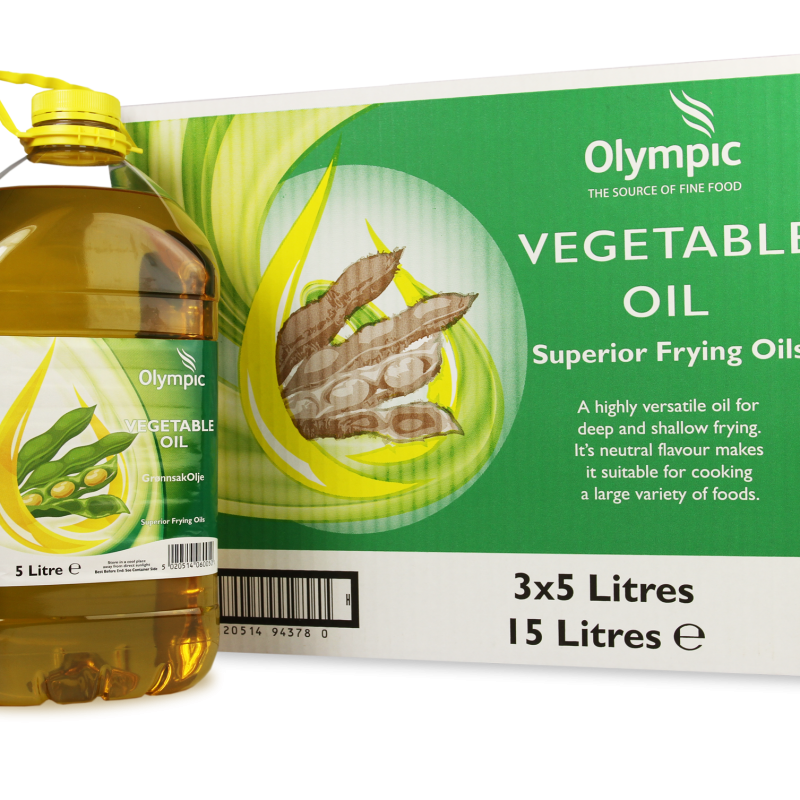 After the baby gets to know them, you can add butter to porridge, vegetable oil to vegetables.
After the baby gets to know them, you can add butter to porridge, vegetable oil to vegetables.
It is better to start with vegetable oil because it has less saturated fat and is non-dairy. The introduction of dairy products is postponed to a later period.
If your child is obese, overweight, or has bile duct problems, you can delay the introduction of oil into complementary foods.
How much oil to give a baby up to a year
- 4-5 months: vegetable oil - 1-3 g, butter - 1-4 g.
- 6-7 months: vegetable oil - 5 g, butter - 4 g.
- 8-12 months: vegetable oil 6g, butter 5g.
Digestive problems in infants with too early introduction of oil
- Violation of the stool.
- Overloading of the pancreas and biliary tract.
- Fat indigestion.
- "The wrong" fats can block other substances, such as calcium.
- Loading the body with cholesterol.
- Violation of the supply of other ingredients.
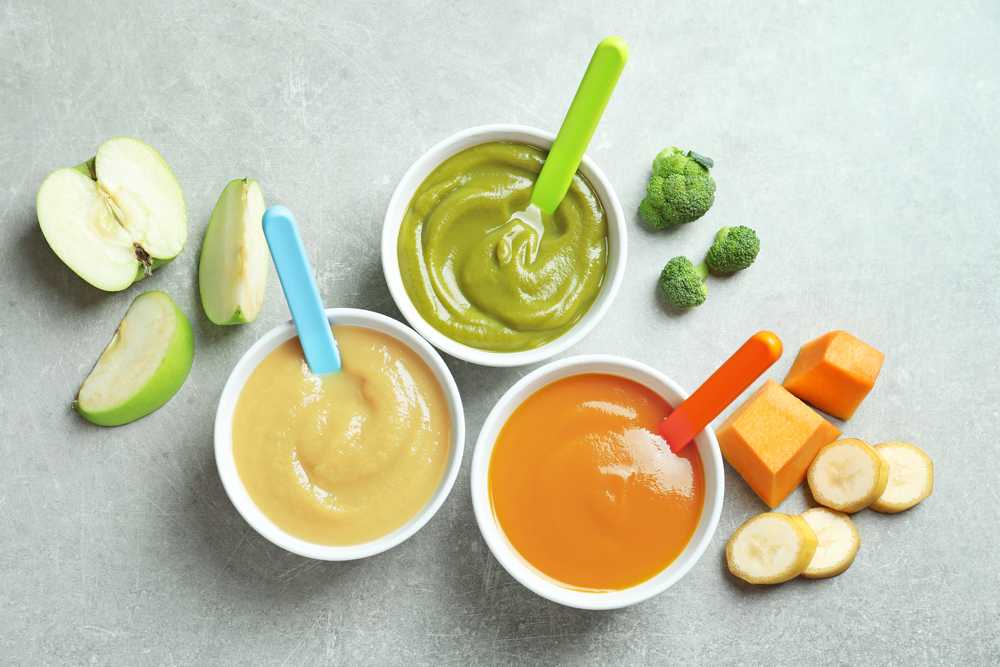
- Excessive weight gain.
— What kind of oil to give the baby for complementary foods?
- Butter, sunflower or olive oil - the best option for complementary foods. Other oils are not recommended for children. It is necessary to be guided by the following principle: the child should eat what his parents often use. These oils are also the most balanced in terms of the composition of saturated and unsaturated fatty acids.
— What to look for when choosing a product?
— Trust in the manufacturer is important. Choose an oil that is known and used in your family. Product quality is compliance with GOST, satisfactory results of inspections by Rospotrebnadzor.
- If you can find a product for children, then it is better to purchase it. Butter for children is produced taking into account all the requirements for baby food.
- Is there an allergy to oil?
- As with any food component, an allergy can also occur to oil, since it contains traces of proteins from the main raw material. It is for the prevention of violent reactions that a phased acquaintance with complementary foods and the gradual introduction of oil are recommended. If a reaction develops with the use of oil, an allergy can be suspected. Then, after removing it from the diet, the symptoms usually go away.
It is for the prevention of violent reactions that a phased acquaintance with complementary foods and the gradual introduction of oil are recommended. If a reaction develops with the use of oil, an allergy can be suspected. Then, after removing it from the diet, the symptoms usually go away.
If a child is allergic to cow's milk protein, dairy products, including butter, are not introduced to him. You need to use vegetable oils. Butter is given after the expansion of the milk diet. Sometimes there is an allergy to sunflower oil: then a replacement is selected for it, for example, olive oil. If an allergy develops to it, choose a different type of oil.
Fat is a very important ingredient in baby food. When compiling a baby’s diet, it should be borne in mind that oil may already be added to commercially produced complementary foods. Oil can be gradually introduced into homemade complementary foods in the amount allowed by the National Infant Feeding Optimization Program. But you should always remember that in the first year of life, the main source of fat for a child is breast milk or an adapted formula.